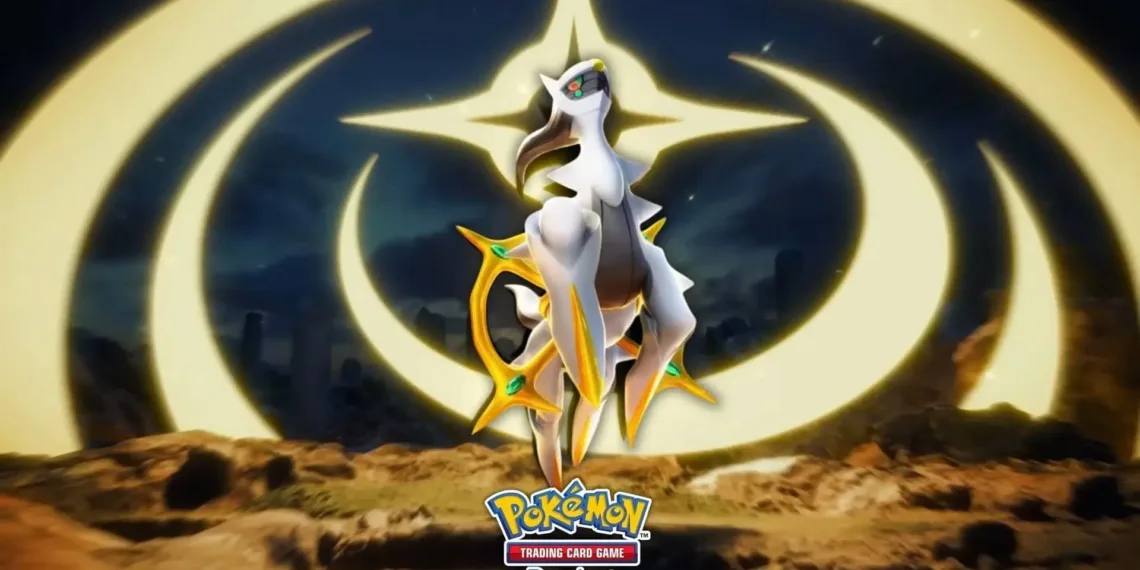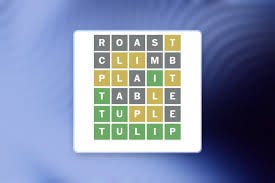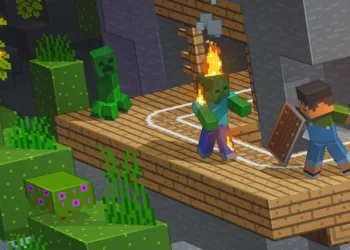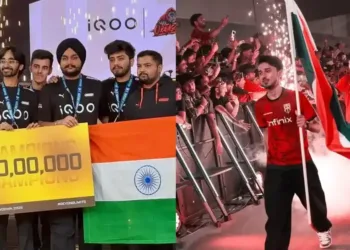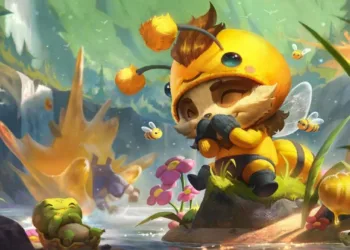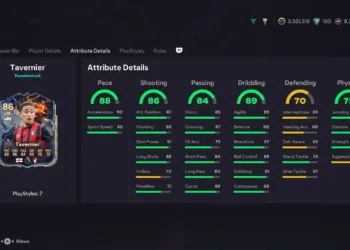In the ever-evolving landscape of Pokemon TCG Pocket, the competitive scene has witnessed a seismic shift that has left players and enthusiasts alike in a state of bewilderment. The once-dominant Arceus ex and Dialga ex deck, a powerhouse that seemed unshakeable just a month ago, has suddenly found itself teetering on the brink of irrelevance. This dramatic fall from grace has sparked intense discussions across the Pokemon TCG community, with players scrambling to understand the factors behind this unexpected turn of events.
As we delve into the heart of this meta upheaval, we’ll explore the community’s theories, analyze the emerging threats, and uncover the intricate web of game mechanics that have reshaped the competitive landscape. Whether you’re a seasoned player looking to adapt your strategy or a curious observer fascinated by the ebb and flow of competitive gaming, this deep dive into the current state of Pokemon TCG Pocket promises to shed light on one of the most significant meta shifts in recent memory.
Table of Contents
Pokemon TCG: The Rise and Fall of a Titan
Just weeks ago, the Arceus ex and Dialga ex combination was the deck to beat, a seemingly unstoppable force that dominated tournaments and ladder play alike. Its consistency, power, and versatility made it the go-to choice for players aiming for the top. However, the Pokemon TCG Pocket meta is nothing if not dynamic, and the winds of change have blown swiftly and mercilessly.
Reddit user u/Ok-Mud1352 captured the community’s collective surprise with a simple yet poignant question: “Why did Arceus Dialga fall off so hard?” This inquiry opened the floodgates to a flurry of theories and analyses from players across the skill spectrum, each offering their perspective on this unexpected development.
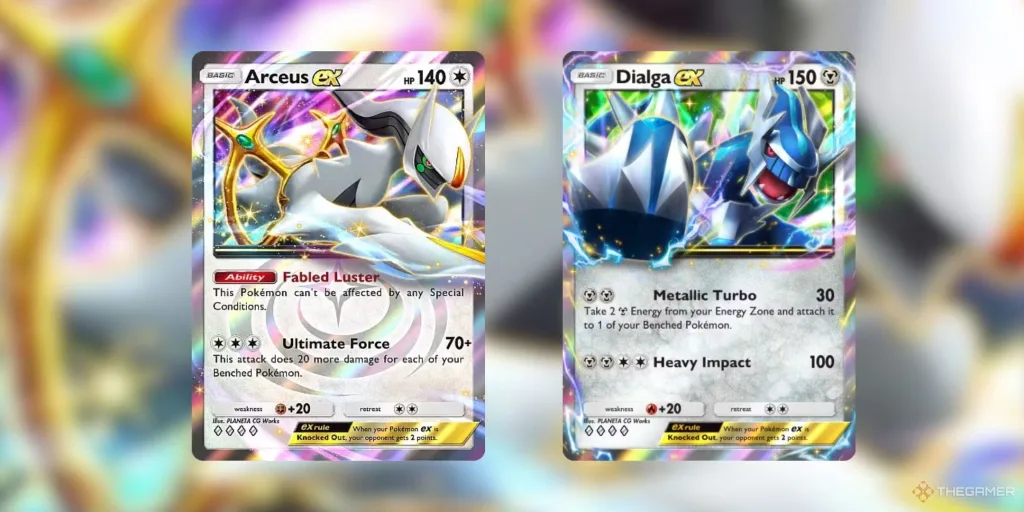
Speed is King: The Meta’s New Tempo
One of the most compelling arguments for Arceus-Dialga’s decline comes from u/Haunting-Ad9521, who points to the critical role of energy acceleration in the current meta. The deck’s relatively slower setup time has become a significant liability in a format that increasingly rewards lightning-fast openings and explosive early-game plays.
This shift in tempo has allowed decks like Darkrai ex + Giratina ex (affectionately dubbed “DarkTina” by the community) to surge ahead. These newer threats can establish their board state and begin applying pressure much earlier, often before Arceus-Dialga can fully set up its strategy.
Efficiency Over Complexity
Another factor contributing to Arceus-Dialga’s downfall is the deck’s reliance on a full bench to maximize its attack potential. In contrast, many of the current top-tier decks can operate efficiently with fewer Pokemon on the field. This streamlined approach allows for greater flexibility in deck construction, enabling players to include more trainer cards and create more consistent strategies without sacrificing raw power.
Redditor u/Teamduncan021 emphasizes the importance of energy generation in the current meta, noting:
“The first part of the answer was energy generation, being able to generate energy faster or as fast as Giratina. While Dialga can generate energy, it has a 2 turn waiting time. This is not ideal, especially if you flip heads. Notice Gyarados and Charizard both have energy generation cards in Manaphy and Moltres. And to a certain degree, Magneton.”
This insight highlights how the meta has shifted towards decks that can quickly power up their main attackers, leaving slower strategies like Arceus-Dialga struggling to keep pace.
The Numbers Game: Damage Thresholds and Meta Adaptation
The absence of certain damage-boosting mechanics, referred to as “Red” by u/MrBones-Necromancer, has significantly impacted Dialga’s ability to reach crucial knockout values. In the current meta, the difference between dealing 150 and 160 damage can be the line between victory and defeat, with many popular EX Pokemon sitting just out of reach of Dialga’s standard attacks.
Furthermore, the meta has evolved from a focus on rapid, smaller hits to a more measured approach of building up energy over time. This shift has allowed tankier Pokemon like Gyarados to shine, as they can withstand the initial onslaught and set up for devastating counterattacks.
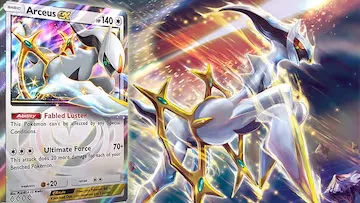
A Perfect Storm of Counters
Perhaps the most damning factor in Arceus-Dialga’s decline is the simple fact that the meta has adapted to counter it effectively. As u/Drugsbrod points out, the current leading decks outclass Arceus-Dialga in nearly every aspect:
“Zard hits harder and faster, Gyarados is bulkier and hits for weakness, Darktina is more consistent. Even Magnezone hits harder now due to the prevalence of EX Pokemon.”
This perfect storm of counters means that even when Arceus-Dialga manages to execute its strategy flawlessly, it often finds itself outgunned, outpaced, or simply outlasted by the new titans of the format.
Arceus-Dialga vs. Current Meta Leaders
| Aspect | Arceus-Dialga | Charizard | Gyarados | Darkrai-Giratina |
|---|---|---|---|---|
| Speed | Moderate | Fast | Moderate | Very Fast |
| Damage Output | High | Very High | High | High |
| Consistency | High | High | High | Very High |
| Energy Acceleration | Moderate | Fast | Fast | Very Fast |
| Survivability | Moderate | Low | Very High | Moderate |
| Counter Potential | Low | High | High | High |
The Road Ahead: Can Arceus-Dialga Reclaim Its Crown?
While the Arceus ex and Dialga ex deck has undoubtedly fallen from its lofty perch, it’s premature to write its obituary just yet. The Pokemon TCG Pocket meta is known for its cyclical nature, and today’s underdog could well be tomorrow’s champion with the right support cards or a shift in the competitive landscape.
For now, Arceus-Dialga remains a solid, if no longer dominant, choice in the format. Its fundamental strengths haven’t disappeared; they’ve simply been overshadowed by more aggressive and efficient strategies. As the meta continues to evolve, there’s always the possibility that future expansions or rule changes could breathe new life into this fallen giant.
For players and fans alike, this upheaval presents an exciting opportunity to explore new strategies, rediscover overlooked combinations, and push the boundaries of what’s possible in Pokemon TCG Pocket. As the dust settles on this meta shift, one thing remains certain: the only constant in the world of competitive Pokemon is change itself.
Whether you’re a devoted Arceus-Dialga player looking to adapt your strategy or a newcomer eager to dive into the fray with the latest meta-defining decks, the current state of Pokemon TCG Pocket offers a wealth of opportunities for strategic depth and exciting gameplay. So grab your cards, fine-tune your decks, and prepare to make your mark on this ever-evolving competitive landscape. The next chapter in Pokemon TCG Pocket’s storied history is waiting to be written, and you could be the one to pen it.
EA FC25 Immortality League: Unlock 92-Rated Paolo Maldini in Ultimate Team
FAQs
Q1: Is the Arceus-Dialga deck still viable in competitive play?
A1: While no longer the dominant force it once was, the Arceus-Dialga deck remains viable in competitive play. It still possesses strong fundamentals and can perform well in certain matchups. However, players using this deck will need to adapt their strategies to account for the faster, more aggressive meta and may face more challenging matchups against the current top-tier decks.
Q2: What decks are currently considered top-tier in Pokemon TCG Pocket?
A2: As of April 2025, the top-tier decks in Pokemon TCG Pocket include:
Charizard (known for its high damage output and fast energy acceleration)
Gyarados (praised for its bulk and ability to hit for weakness)
Darkrai-Giratina (valued for its consistency and speed)
Magnezone (effective due to the prevalence of EX Pokemon)
These decks have risen to prominence due to their ability to quickly set up, deal significant damage, and adapt to various matchups in the current meta.
As we witness this dramatic shift in the Pokemon TCG Pocket meta, it’s clear that the competitive scene is as vibrant and unpredictable as ever. The fall of Arceus-Dialga serves as a reminder that in the world of competitive Pokemon, adaptation is key, and no strategy, no matter how dominant, is immune to the relentless march of innovation and counter-play.

